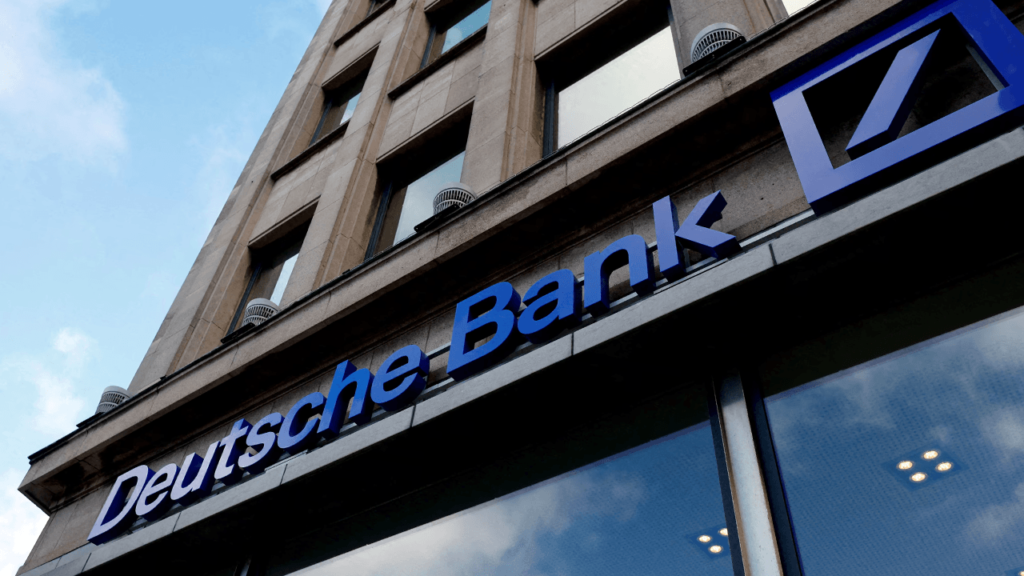Deutsche Bank is leading the charge in the banking industry when it comes to embracing blockchain technology. In a recent Bloomberg report, the bank’s approach to tackling regulatory hurdles associated with public blockchains was highlighted, shedding light on their innovative pilot program known as Project Dama 2. This initiative is part of Singapore’s Project Guardian, which is spearheaded by the Monetary Authority of Singapore, showing the bank’s commitment to exploring the potential of blockchain technology.
At the forefront of Deutsche Bank’s blockchain experiment is the use of Layer 2 (L2) technology and ZKsync. Layer 2 solutions aim to improve the scalability and efficiency of blockchain networks, addressing some of the challenges faced by traditional public blockchains. ZKsync, on the other hand, is a type of zero-knowledge technology that allows for secure and efficient transactions on the blockchain. By leveraging these cutting-edge technologies, Deutsche Bank is paving the way for a more streamlined and secure blockchain ecosystem.
One of the main goals of Project Dama 2 is to navigate the complex regulatory landscape that surrounds blockchain technology. Public blockchains have raised concerns among regulators due to their decentralized nature and potential security risks. However, by implementing Layer 2 solutions and zero-knowledge technology, Deutsche Bank is demonstrating that it is possible to address these concerns while still harnessing the benefits of blockchain technology. This proactive approach sets a new standard for how banks can integrate blockchain into their operations while adhering to strict regulatory requirements.
Deutsche Bank’s involvement in Project Guardian showcases its dedication to staying at the forefront of blockchain innovation. The Monetary Authority of Singapore’s initiative aims to explore the potential of blockchain technology in the financial sector and develop best practices for its implementation. By participating in this project, Deutsche Bank is not only contributing to the advancement of blockchain technology but also positioning itself as a leader in the adoption of decentralized solutions within the banking industry.
The use of Layer 2 technology and ZKsync in Project Dama 2 highlights Deutsche Bank’s commitment to finding innovative solutions to the challenges posed by traditional blockchain networks. These technologies offer a path to greater scalability, efficiency, and security, making them essential components in the bank’s blockchain experiment. As the financial industry continues to evolve, it is becoming increasingly clear that blockchain technology will play a significant role in shaping the future of banking, and Deutsche Bank is well-positioned to lead the way in this transformation.
In conclusion, Deutsche Bank’s involvement in Project Dama 2 underscores the bank’s forward-thinking approach to blockchain technology. By leveraging Layer 2 solutions and zero-knowledge technology, the bank is not only addressing regulatory hurdles associated with public blockchains but also setting a new standard for blockchain adoption in the banking industry. As Project Guardian continues to explore the potential of blockchain technology in finance, Deutsche Bank’s participation demonstrates its commitment to driving innovation and embracing decentralized solutions. As the financial sector continues to embrace blockchain technology, Deutsche Bank’s pioneering efforts are sure to have a lasting impact on the industry as a whole.


